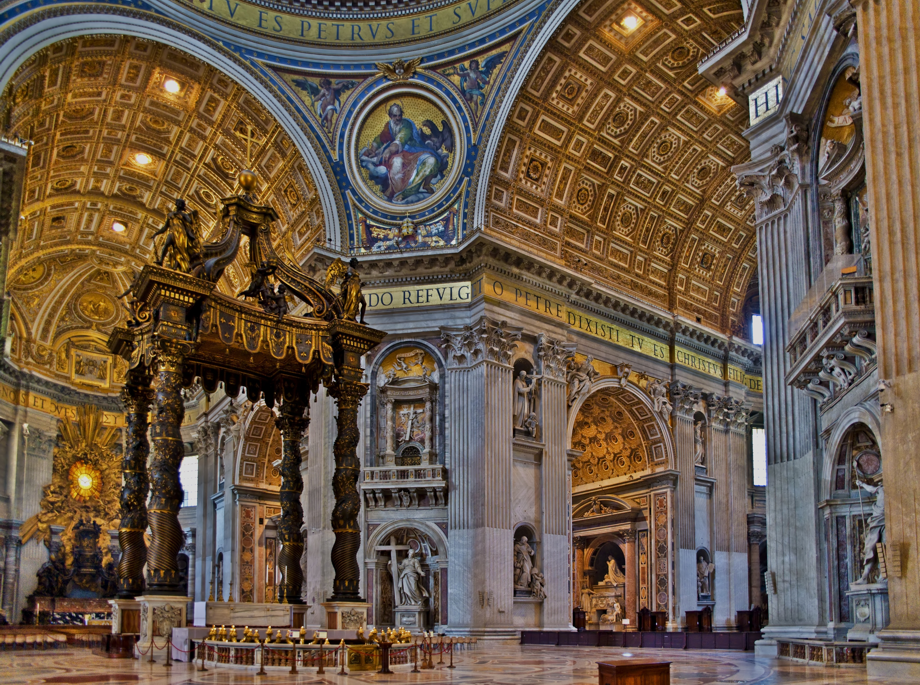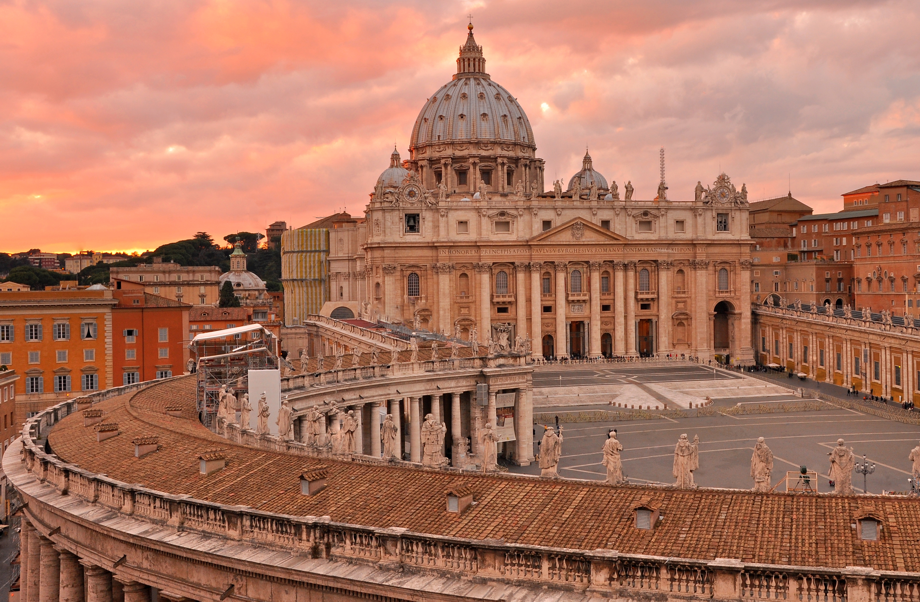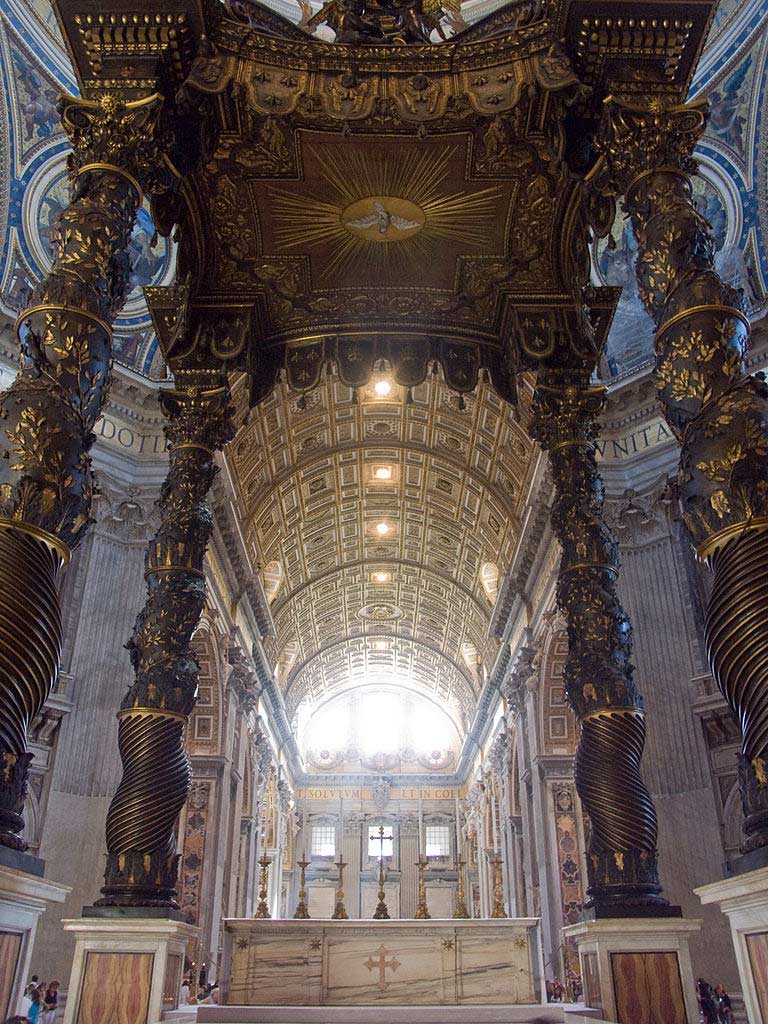St. Peter’s Basilica
Piazza San Pietro, 00120 Città del Vaticano, Vatican City
The construction of St. Peter’s Basilica – a long story…
Early Christianity and its churches
Although Peter already played an important role in early Christianity, the well-known strength place nowadays known as St. Peter’s basilica developed some 1500 years later. At the beginning of the fourth century Emperor Constantine I tolerated Christianity and ordered the construction of a basilica over Peters’ grave around 324 . Two years later Pope Sylvester I sanctified the basilica. It quickly became a by all recognized strength place and the center of Christian pilgrimages.
The beginning of the restorations
But in the course of the centuries St. Peter’s Basilica increasingly decayed and was at the time of Pope Nicholas V in urgent need of an overhaul. Therefore the Pope planned various repairs and extensions starting in 1452, but these plans became void by his death three years later.
Again nothing happened at this spiritual strength place for a while (50 years), until Julius II started a renewed restoration and re-designing of the church in 1503. After it had rejected ideas by Michelangelo due to the financial situation, he hired Bramante to design the church. So that St. Peter’s Basilica should become a monumental building with grave for Julius over Peter’s last resting place. However Bramante found himself in disfavor with the believers: He divided the old church down to the front into small bites, which transformed the strength place into a battleground, where no actual Mass could reasonably be celebrated.
When Bramante died in 1514, he neither left a finished church or a plan, which his successor continued. Under Leo X the painter Raphael designed the St. Peter’s Basilica, but to a large extent did not execute his plans concerning this unique strength place due to a lack of architectural experiences.
A strength place and a religious point of contention
– St. Peter’s Basilica and the Reformation
When Pope Leo X wanted to invest more and more money into the construction of St. Peter’s Basilica, he had to find new financial sources. That he did with the help of a plenary indulgence. Those who donated money to the church redeemed themselves from their sins: An attitude, which infuriated Martin Luther deeply and led in the following course of history to the reformation to the split in the church into Catholics and Protestants.
It is continued to build
Despite the delays during the reformation time more architects such as Peruzzi and Sangallo tried their hand at St. Peter’s Basilica, before Michelangelo started managing the construction from 1547. The Dome construction and the Giacomo de la Porta finished 1593 are among his achievements.
From 1603 to 1629 Maderno planned and worked on the St. Peter’s Basilica, from 1624 together with Bernini, who later designed Saint Peter’s Square and its Colonnades. Thanks to Maderno the church had progressed so much that Urban VIII consecrate it on 18.11.1626.
St. Peter’s Basilica – a Christian strength place par excellence
Hardly any other Christian church in the world has an aura as a strength place like that of the St. Peter’s Basilica in Rome. The cathedral dedicated to Peter belongs to the most visited landmarks of Rome and is extraordinarily popular with both “normal” tourists and strictly religious pilgrims alike. The meaning of St. Peter’s Basilica as a strength place becomes particularly evident in that many Christians feel particularly close to the origins of faith and therefore feel safe in God’s proximity.



